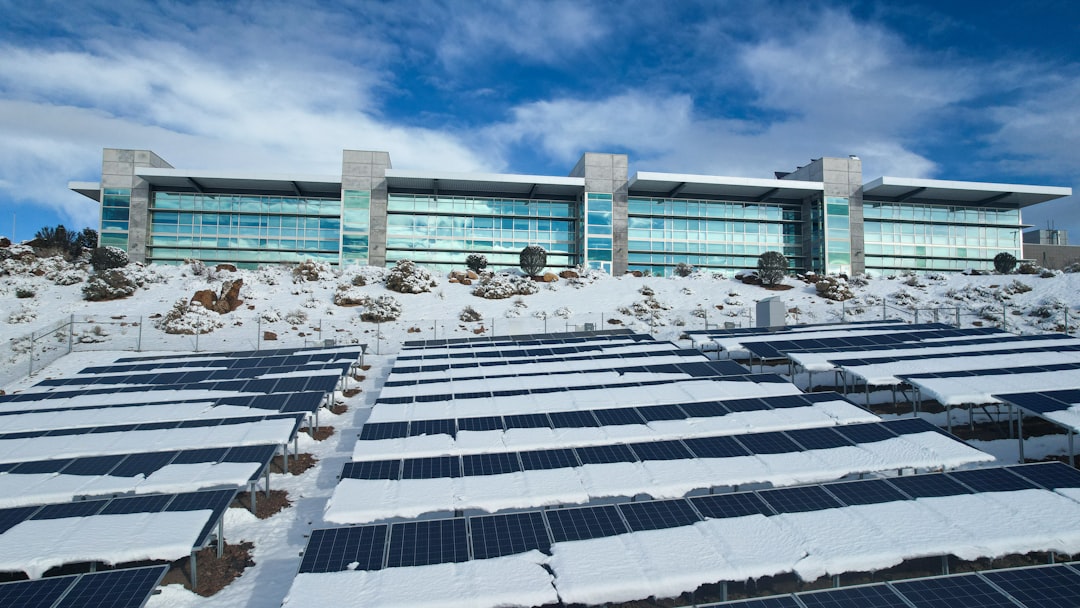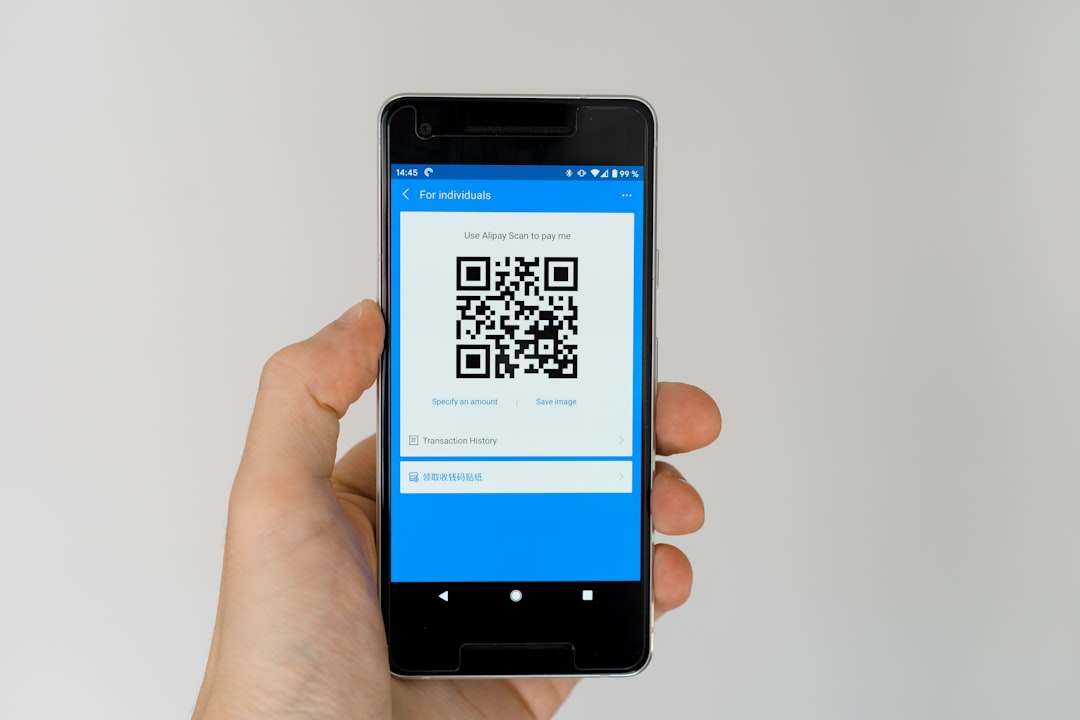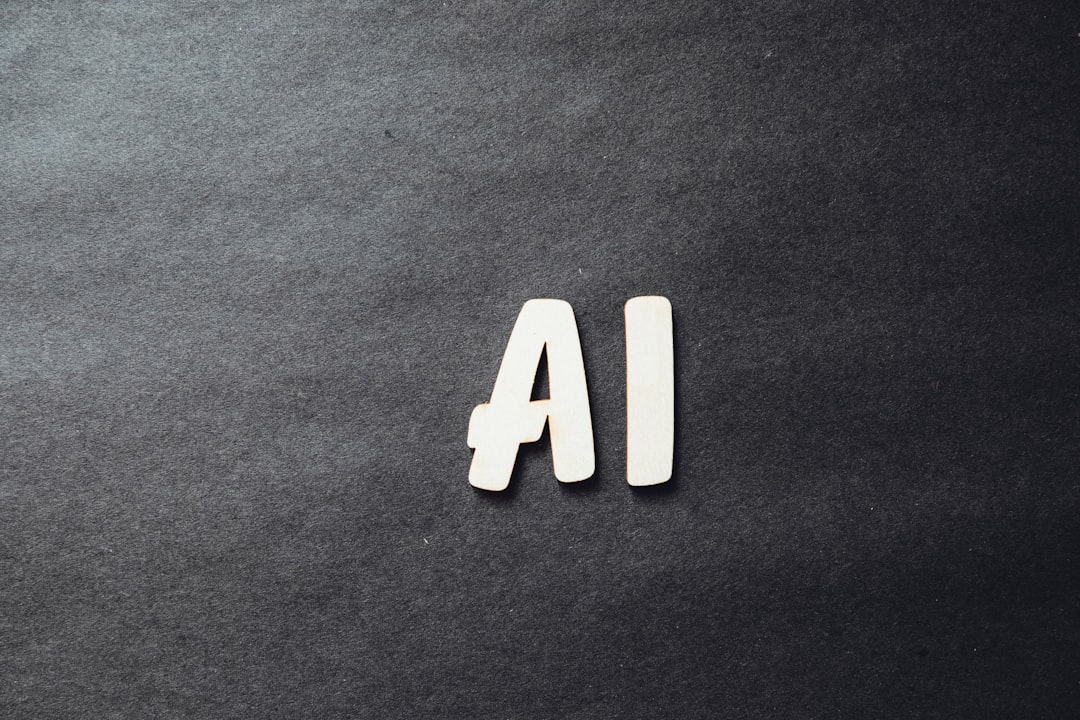**With the growing focus on renewable energy, data center companies are exploring innovative ways to leverage these resources.** The immense environmental impact of data centers is no secret; they account for approximately 1% of global electricity consumption. As demands for data storage skyrocket, finding sustainable energy solutions is more critical than ever.
Traditionally, data centers have relied heavily on electricity derived from fossil fuels. This process is both costly and environmentally detrimental. However, as nations globally push for a greener future, a shift toward utilizing cleaner energy sources is underway. Stranded renewable energy, such as wind and solar power that remain untapped due to geographic or economic limitations, presents an untapped potential for powering data centers.
Stranded energy often accumulates in remote areas where infrastructure and technology restrictions inhibit its efficient use. By setting up facilities close to these energy sources, data centers can drastically cut down on energy costs and reduce their carbon footprint. For instance, a data center located near an abundant wind farm can tap directly into the energy grid without the need for expensive transmission lines.
**The Synergy of Technology and Environment**
Technological advancements are continuously improving the efficiency with which renewable energy is captured and utilized. Innovations in battery technology, grid management, and artificial intelligence allow for better optimization and distribution of energy, reducing instances of wastage. Data centers equipped with smart grid technology can balance and store renewable energy more effectively, shifting away from reliance on non-renewable sources during peak demand times.
Moreover, new cooling technologies aid in the reduction of energy used to maintain data center temperatures. Traditionally, cooling systems are significant energy drains, often using as much power as the servers they cool. By utilizing natural resources—such as air and water from nearby sources—for cooling, energy consumption is reduced dramatically.
Implementing renewable energy in any large-scale operation presents numerous challenges. Primary among these is the intermittent nature of renewable sources — the sun doesn’t shine all day, and the wind doesn’t always blow. To counter this, energy storage systems like advanced batteries and innovative grid systems offer a buffer that ensures a steady power supply even during lulls in energy production.
Furthermore, the deployment of renewable energy infrastructures often requires substantial investment. This is particularly challenging for data centers, which operate on tight margins to remain competitive. However, incentives and subsidies offered by governments worldwide are beginning to offset these costs, making renewable energy more accessible.
In the future, we can anticipate even more integration of artificial intelligence and machine learning in managing energy distribution and consumption for data centers. These technologies promise to optimize every aspect from energy forecasts to load balancing, ensuring data centers operate more sustainably and efficiently.
**Strategic Geographic Placement: A Game Changer**
One game-changing strategy is the strategic geographic placement of data centers. Establishing these centers in areas with abundant renewable energy resources minimizes waste and enhances efficiency. For example, Iceland, with its ample geothermal energy and natural cooling, has become a hotspot for data centers and large tech companies exploiting these benefits.
**Conclusion: A Path Forward**
As the climate crisis deepens and energy demands rise, innovative solutions like utilizing stranded renewable energy are no longer optional but imperative. The journey to a sustainable future is paved with challenges, but the benefits—both environmental and economic—are significant. Through continued innovation and support, data centers worldwide can lead the charge in creating a cleaner, more efficient future.
Computing & Cloud
stranded renewable energy












Leave a Reply